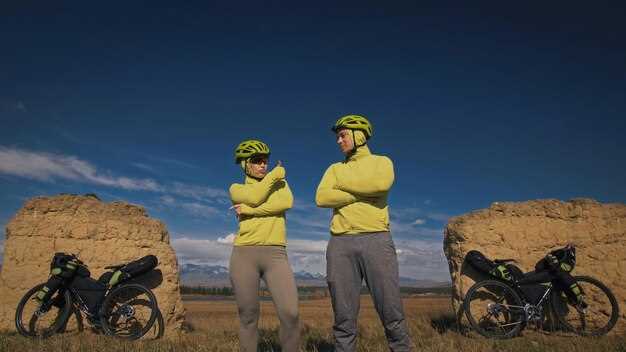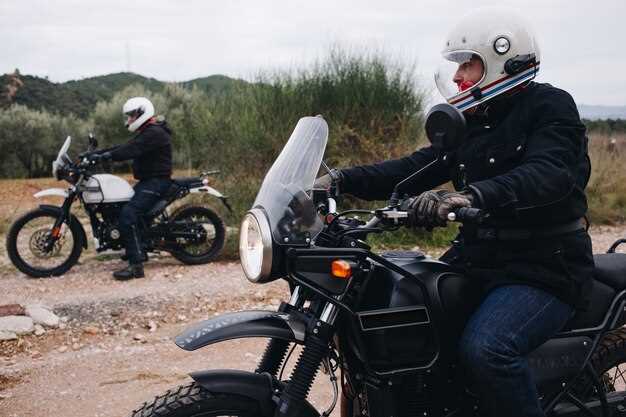

When it comes to choosing the right motorcycle for your journeys, the decision often boils down to two popular categories: adventure bikes and touring bikes. Both types of motorcycles are designed for long-distance travel, yet they serve different purposes and cater to distinct riding styles. Understanding their key features can significantly impact your riding experience and overall satisfaction.
Adventure bikes, also known as dual-sport motorcycles, are designed to handle a variety of terrains, from smooth highways to rugged off-road trails. These bikes often feature a higher ground clearance, long suspension travel, and tires engineered for mixed conditions. This versatility makes adventure bikes an excellent choice for riders who seek exploration and the thrill of riding on less traveled paths.
On the other hand, touring bikes are built for comfort and efficiency on long-distance rides, primarily on paved surfaces. They come equipped with a suite of amenities, such as large windshields, comfortable seating, and spacious storage options. This focus on comfort allows touring bikes to provide a smooth and enjoyable experience for those who prefer to cover long distances without the demands of off-road riding.
Riding Comfort and Ergonomics Comparison

When evaluating riding comfort and ergonomics, the distinctions between adventure bikes and touring bikes become evident. Touring bikes are engineered specifically for long-distance travel. They feature relaxed seating positions with lower handlebars and wider seats, which reduce fatigue during extended rides. The foot pegs are often positioned to allow for maximum comfort, enabling riders to maintain a relaxed posture over thousands of miles.
On the other hand, adventure bikes prioritize versatility. They are designed for both on-road and off-road use, which influences their ergonomic setup. While they offer a more upright riding position, suitable for maneuvering through varied terrains, this can sometimes lead to minor discomfort on long highway stretches. The seats are typically firmer and may have a narrower profile, providing better control for off-road scenarios, but potentially sacrificing some comfort over long distances.
Touring bikes often come with advanced features such as adjustable windshields and heated grips, enhancing rider comfort in various weather conditions. Adventure bikes may offer some ergonomic adjustments, but they generally focus more on rugged durability. This difference highlights the trade-off between comfort during long rides and the versatility needed for different riding environments.
In summary, while both bike types cater to different riding experiences, touring bikes excel in long-distance comfort and relaxed ergonomics, whereas adventure bikes offer a more dynamic ergonomic setup suited for diverse terrains. Riders should consider their primary use when choosing between these styles, as comfort and ergonomics play a crucial role in overall riding satisfaction.
Tire and Suspension Differences for Various Terrains

When comparing adventure bikes and touring bikes, one of the key elements to consider is tire and suspension characteristics tailored for different terrains. Adventure bikes are designed for versatility, featuring larger, knobbier tires that provide enhanced grip and traction on off-road surfaces. These tires typically have deeper treads which allow better handling on loose gravel, mud, and rocky paths, making them ideal for riders who frequently explore unpaved routes.
In contrast, touring bikes prioritize comfort and stability on paved roads. They generally come equipped with smoother, wider tires that reduce rolling resistance and offer a more forgiving ride on long-distance journeys. These tires are optimized for durability and wear, ensuring that riders have a reliable performance over extended miles without frequent replacements.
The suspension systems also differ significantly between these bike types. Adventure bikes usually have longer travel suspension, which absorbs shocks from uneven terrain, providing a smoother experience during off-road riding. This feature is crucial for maintaining control over rough surfaces and enhancing overall rider comfort.
Touring bikes, on the other hand, incorporate suspension systems designed for maximum comfort on long rides. These suspensions typically focus on absorbing bumps and minimizing vibrations on smooth, paved roads. As a result, touring riders can enjoy extended periods in the saddle without experiencing excessive fatigue, which is vital for long-distance travel.
In summary, the differences in tires and suspension between adventure and touring bikes are essential for catering to the riders’ specific needs based on the terrain they encounter. Understanding these distinctions helps ensure that motorcyclists choose the right bike for their desired riding experiences.
Storage Solutions and Accessories for Long-Distance Travel
When it comes to long-distance travel on an adventure bike, proper storage solutions and accessories are essential for an enjoyable journey. Adventure bikes are typically designed to handle rugged terrains while providing the storage capacity needed for extended trips. Here are key features and items to consider for maximizing your storage efficiency.
Panniers and Top Cases: These are a must-have for any adventure rider. Panniers are side-mounted storage solutions that allow for even weight distribution. They come in various materials, such as aluminum or plastic, and are crucial for securing gear. A top case adds additional storage space, perfect for keeping critical items within easy reach.
Soft Luggage: For riders who prefer a lighter setup, soft luggage options are viable alternatives. Durable waterproof duffel bags or soft panniers can be attached directly to the bike’s frame. They offer flexibility and are often easier to manage in off-road scenarios where hard cases might be cumbersome.
Tank Bags: A tank bag is ideal for storing smaller items that need to be accessed quickly, such as maps, mobile devices, or snacks. These bags are designed to fit securely over the gas tank, with the added benefit of not doubling the bike’s width, making them suitable for narrow paths.
Accessory Mounts: To enhance your adventure bike’s functionality, consider installing accessory mounts for additional tools, GPS devices, or additional lighting. These mounts create versatile solutions for securing necessary equipment without cluttering the main storage.
Optimized Packing Techniques: Efficient packing is crucial for maximizing storage space. Make use of compression bags or packing cubes to keep clothing organized and compact. Additionally, consider the weight distribution when loading the bike, as proper balance can greatly impact handling and stability.
In summary, selecting the right storage solutions and accessories for long-distance travel on an adventure bike plays a critical role in your overall experience. By choosing the appropriate storage items and employing effective packing techniques, you’ll ensure that your gear is secure and easily accessible, allowing you to focus on the adventure ahead.
